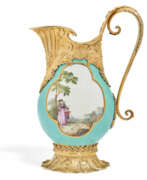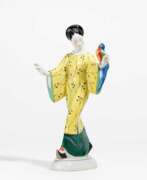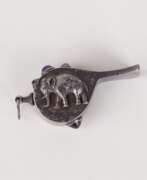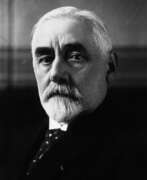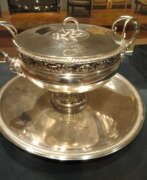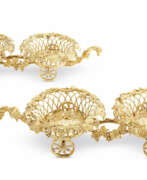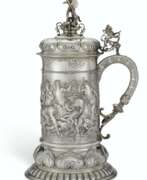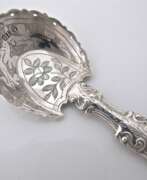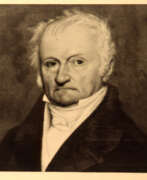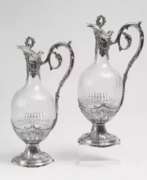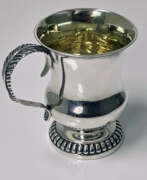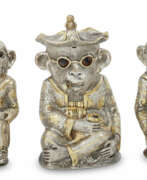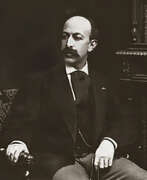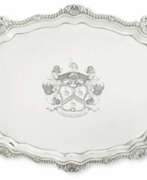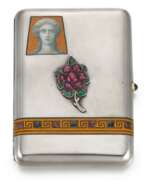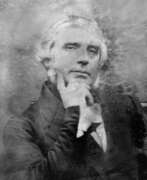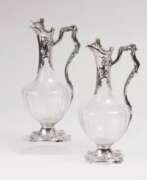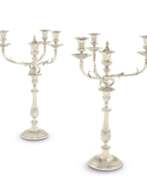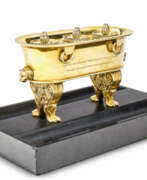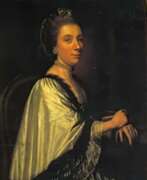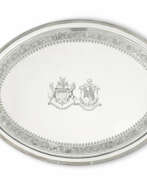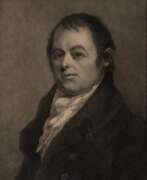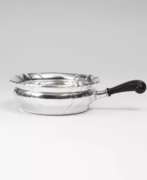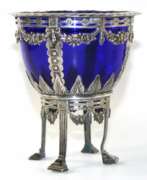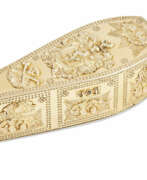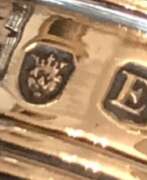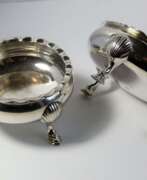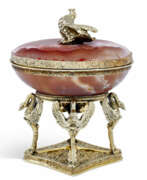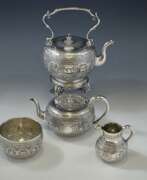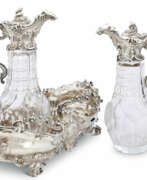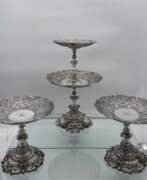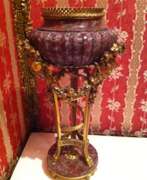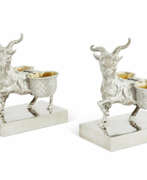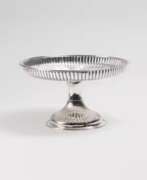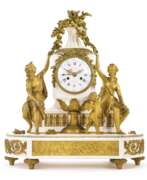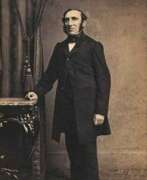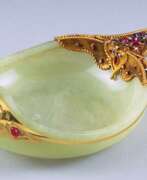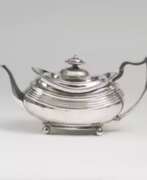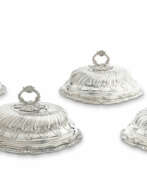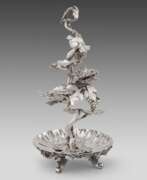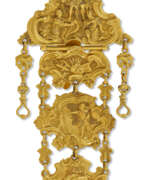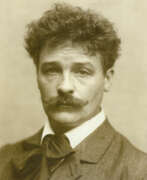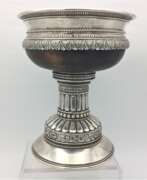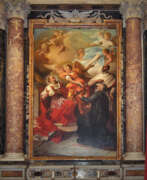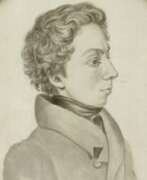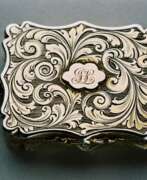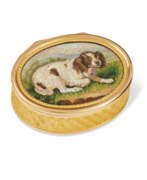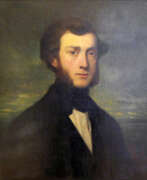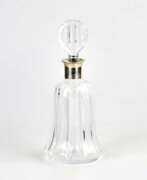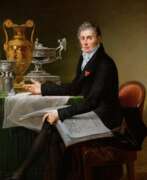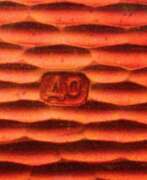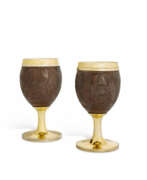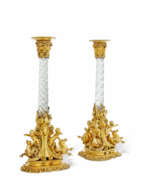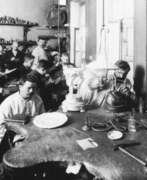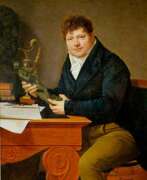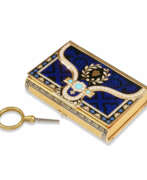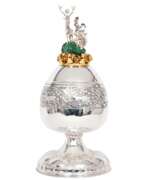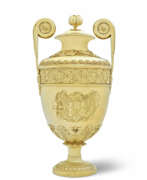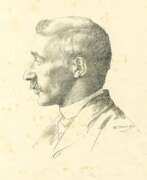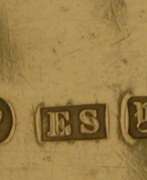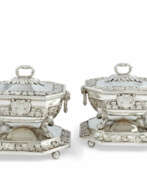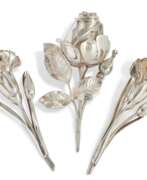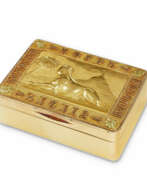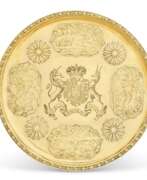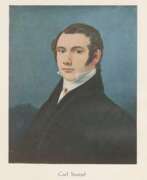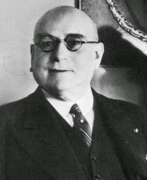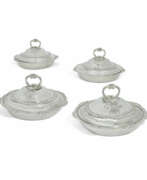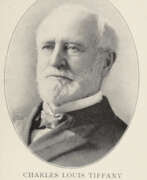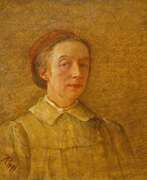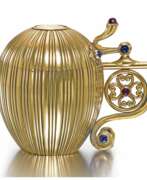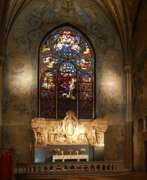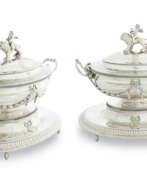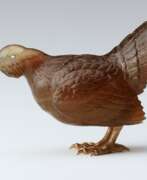Jewelers 19th century
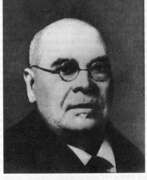

Johan Victor Aarne, born Lindström in Sweden, was a Finnish jeweller who collaborated with the Fabergé firm and was a supplier to the Imperial Court.
Aarne was educated in the art of jewellery by the renowned jeweller Johan Erik Hellsten. He worked in the workshop of August Holmström, included in the Fabergé firm, before opening his own workshop. In 1891 he moved to St. Petersburg, where he worked directly for Fabergé. In 1904, he sold the workshop and moved to Vyborg, continuing to work successfully in the jewellery business.
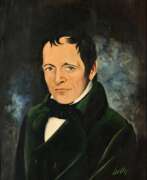

Christopher Bechtler is a German-born American jeweller and watchmaker.
Christopher Bechtler became famous and rich during the American gold rush due to his business idea of melting mining and panning gold into standardized dollar coins with precisely defined metal content. In doing so, he introduced dollar coins based on the gold standard, which were only accepted and minted by the US government after a long time.
Christopher Bechtler minted over a million gold coins between 1831 and 1841, which today are highly sought after by collectors and are worth several thousand dollars per piece.
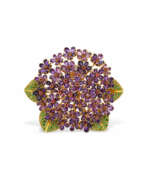

Jules René Boivin was a French jeweller, born in Paris in 1864. He began his career as a jeweller as an apprentice to his brother Victor, and soon excelled in creating small boxes and inlaid metalwork. His talent was not limited to craftsmanship - he had a unique sense of design and excelled at drawing on both paper and metal.
In 1890, Boivin decided to set up his own business and acquired several workshops. He became in demand with jewellery houses but also worked with private clients, creating unusual jewellery inspired by nature, from real animals to mythological creatures. In 1900 he moved to new premises and began trading in antique jewellery. Sadly, his life was cut short at the front in 1917 when he was just 53 years old.
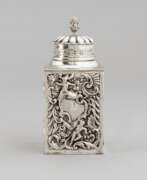

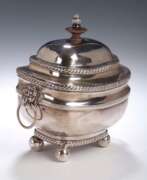

Francois Dormieux was a French engraver and jeweler who lived and worked in Calcutta, India, in the late 18th and first half of the 19th centuries.
Francois Dormieux's own published book Hindoostany Characters (Hindoostany Characters, 1805), now in the British Library, is well known. It consists of forty very high quality engravings made from artists' drawings. They depict the people of India in their daily lives, their culture and traditions.
As a jeweler, Francois Dormieux worked in partnership with Francis Vrignon in a company called Francis Dormieux & Co. that made jewelry and beautiful silverware in the colonial style.
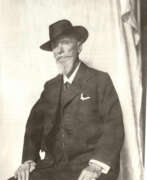

Carl Fabergé (Russian: Карл Гу́ставович Фаберже́) was a 19th- and 20th-century Russian jeweler, entrepreneur, and artist of German descent. He ran a family jewelry company for almost 50 years, which became world-famous for its products - Easter eggs made of precious metals, stones, and enamel.
Carl Fabergé met the Russian Emperor Alexander III at the All-Russian Exhibition in Moscow in 1882, which was a landmark event in the jeweler's career. The emperor ordered an Easter egg from the master for his wife, which the empress loved. From this moment on Fabergé, who became the jeweller to the Court, became responsible for the annual production of Easter eggs for the imperial court. Members of the imperial family also ordered jewelry from Fabergé for their many European relatives. This turned the Fabergé family company into one of the leaders of the world jewelry market.
Fabergé produced not only high-end jewelry products, but also items for the average buyer. In 2005, at Sotheby's in New York, several stone figurines were sold for $850,000 to $1,800,000.
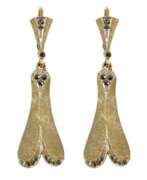

Theodor Fahrner stands out as a pioneering jewelry designer hailing from Pforzheim, Germany. Renowned for his exquisite Art Nouveau and Jugendstil creations, Fahrner's legacy extends beyond his lifetime. His pieces, known for their affordability, became synonymous with impeccable craftsmanship and unique design. Taking the reins of his father's ring factory after his passing in 1883, Fahrner swiftly rose to prominence. By 1895, he was the sole proprietor, venturing into innovative territories by registering patents and utility models during the upheaval leading up to the 20th century. Fahrner's breakthrough moment arrived at the 1900 Paris World Exposition, where his jewelry, designed by Max J. Gradl, earned a prestigious silver medal.
As the years progressed, Fahrner's design prowess flourished. From 1899 to 1906, he primarily undertook design work himself, infusing each piece with his artistic vision. Collaborations with designers such as Maria Obrich, Patriz Huber, and Ludwig Knupper later defined the firm's trajectory. The brand's focus shifted towards affordable yet elegant Art Deco jewelry, solidifying an international reputation. Fahrner's life journey concluded on July 22, 1919, leaving behind a rich heritage and two daughters, Vera and Yella. His legacy endured as jeweler Gustav Braendle acquired the Fahrner brand, passing it on under the name Bijouteriewarenfabrik Gustav Braendle, while the distinctive label "Fahrnerschmuck" continued to grace exquisite creations.
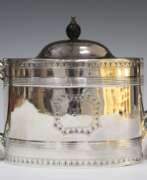

Robert Hennell was an English silversmith and engraver, best known for his work during the Georgian era. He was apprenticed to the silversmith John Scofield before setting up his own workshop in 1763.
Hennell's silver pieces were highly sought after for their quality and craftsmanship. He produced a wide range of objects, from tea services to candlesticks, and his designs were characterized by their elegant simplicity and attention to detail. He also created a number of commemorative objects, including the silver casket presented to Lord Nelson by the City of London in 1800.
In addition to his work as a silversmith, Hennell was also an accomplished engraver, and his work can be found on a number of coins and medals from the Georgian era. He was a member of the Royal Academy and exhibited his work at the Royal Academy exhibitions throughout his career.
Today, Hennell's silver pieces and engravings can be found in the collections of museums around the world, including the Victoria and Albert Museum in London and the Metropolitan Museum of Art in New York. His work continues to be admired for its beauty, quality, and historical significance.
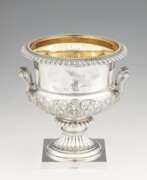

Johann George Hossauer was a German jewelry artist, entrepreneur and inventor.
Hossauer began working at the bronze factory of Werner & Mietke in Berlin and trained under the jeweler Henri de Ruolz. In 1819, King Friedrich Wilhelm III of Prussia financially supported the factory, which was managed by Hossauer. This factory produced articles of platinum, gold, silver, bronze, gilded and silvered copper and employed up to 100 people. At one of the first trade exhibitions in Berlin, the master received a gold medal for his work, and in 1826 the king granted him the title of jeweler of His Majesty the King.
As a prominent Berlin jeweler, Hossauer executed several orders of the Prussian court, including the Pour Le Merite and the Order of St. John, and also participated in the creation of the Russian Order of St. Vladimir and the Hanoverian House Order of St. George. He created silver table sets for Prussian princes and fulfilled other prestigious orders, produced jewelry, medals, and numerous pieces of gold and silverware.
In 1845, Hossauer sold his patent for the electroplating process to Werner von Siemens, and ten years later he was appointed a judge at the World's Fair in Paris.
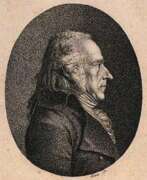

Gerhard Ludvig Lahde was a Danish painter, engraver and publisher.
Lahde studied at the Royal Danish Academy of Fine Arts, worked as a jeweler and portrait painter, creating many portraits of prominent people of his time. But Lahde was mainly concerned with depicting Danish civil and military costumes, street vendors and small merchants. In collaboration with the artist Johannes Zenn, he created a series of hand-colored, somewhat caricatured reproductions of traditional costumes, and also worked on depictions of major historical events, such as the Copenhagen fire of 1795 and the British bombardment of Copenhagen in 1801 and 1807.
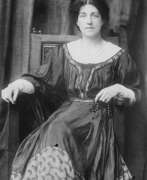

May Morris was an English artisan, embroidery designer, jeweller, socialist, and editor. She was the younger daughter of the Pre-Raphaelite artist and designer William Morris and his wife and artists' model, Jane Morris (née Burden).
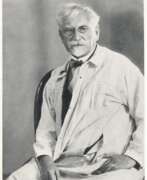

Alfons Maria Mucha, a Czech Art Nouveau painter and decorative artist, was celebrated for his innovative contributions to art, particularly his distinctive style that became synonymous with the Art Nouveau movement. Born in 1860 in the Moravian town of Ivancice, Mucha exhibited artistic talent from a young age, initially showing a proclivity for drawing and music, which were closely intertwined in his perception of creative expression. Despite early financial and educational hurdles, Mucha's passion for art led him to Vienna and subsequently Munich, where he honed his skills and absorbed influences that would shape his future work.
Mucha's career took a pivotal turn in Paris, where his poster for the actress Sarah Bernhardt's play "Gismonda" gained him immediate fame. This partnership with Bernhardt catalyzed a prolific period during which Mucha produced a flurry of artworks, including paintings, posters, and illustrations, as well as designs for jewelry, wallpaper, and theatre sets. His works are characterized by their depiction of beautiful young women in flowing robes, surrounded by lush, natural elements and often featuring pastel colors—a stark contrast to the bold hues preferred by his contemporaries.
Despite his commercial success, Mucha aspired for his art to convey a deeper spiritual message rather than merely adhering to the trendy Art Nouveau style. This led him to undertake projects that were more personal and culturally significant, such as "The Slav Epic"—a series of paintings celebrating Slavic history. Mucha's legacy is not only preserved in his diverse body of work but also in his influence on the aesthetic values of craftsmanship and design.
Collectors and experts in art and antiques continue to venerate Mucha for his unique ability to blend artistic beauty with cultural expression. His works, which are housed in museums and galleries worldwide, remain a testament to his vision and creativity.
For those keen on exploring the world of Alfons Maria Mucha further and staying updated on new sales and auction events related to his work, signing up for updates is an excellent way to ensure you never miss an opportunity to appreciate or acquire pieces related to this iconic artist. This subscription is tailored for collectors and art enthusiasts, focusing solely on new product sales and auction events concerning Mucha's legacy.
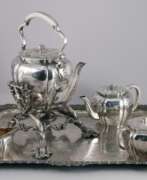

Charles-Nicolas Odiot was the outstanding French silversmith of his generation; the son of Napoleon's silversmith, Jean-Baptiste-Claude Odiot, he inherited the direction of the extensive family workshops in 1827, as techniques of factory production were extended in the trade. He excelled in the revived Rococo style, and became the purveyor by appointment to Louis-Philippe of France and to other members of the family of Orléans.
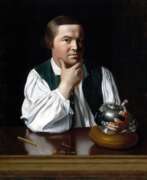

Paul Revere was an American silversmith, engraver, early industrialist, Sons of Liberty member, and Patriot and Founding Father. He is best known for his midnight ride to alert the colonial militia in April 1775 to the approach of British forces before the battles of Lexington and Concord, as dramatized in Henry Wadsworth Longfellow's 1861 poem, "Paul Revere's Ride".
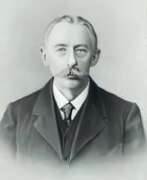

Feodor Ivanovich Rückert (German: Friedrich Moritz Rückert) was a Russian jeweller of German origin, a master enameller. Rückert was the owner of a Moscow enamel-painting workshop, which produced mainly enamel items on scanning and worked closely with such firms as K. Fabergé, P. Ovchinnikov, O. Kurlyukov, I. Marshak (Kiev) and others.
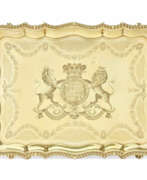

Philip Rundell was a highly prosperous English jeweller, fine jewellery retailer and master jewellery makers' business proprietor, known for his association with royalty. With John Bridge, he ran and co-owned Rundell and Bridge, a firm with widespread interests in the jewellery and precious metal trades.


Paul Storr was an English goldsmith and silversmith working in the Neoclassical and other styles during the late 18th and early 19th centuries. His works range from simple tableware to magnificent sculptural pieces made for royalty.
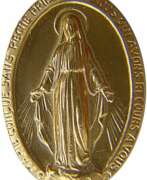

Adrien Vachette was a French jeweler of the 18th and 19th centuries, best known as the creator of the so-called Wonderful Medallion.
Vachette was one of the most famous and prolific craftsmen of his generation. He was appointed court jeweler and supplier to the court of King Louis XVIII. Gold, tortoise shell, enamel, precious stones and ornamental stones were used extensively in the creations of Vachette, particularly in the many precious snuffboxes that were in fashion at the time.
However, he became famous at a very advanced age, when he was almost 80 years old. Paris at the time was experiencing a cholera epidemic and a period of political instability. The Archbishop of Paris, Iasent-Louis de Quelan, had the idea of solving these problems by a miracle. At his behest, Vachette designed a "miraculous medallion" depicting Our Lady. Between 1832 and 1836, more than two million copies were distributed. At the same time, Archbishop Kaelan and his clergy were active in the fight against cholera. All in all, this contributed to the growth of religiosity and respect for the church in France, and the marvelous medallions of Vachette's design continue to be minted and distributed in many Western countries to this day.
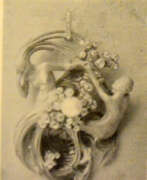

Henri Vever was one of the most preeminent European jewelers of the early 20th century, operating the family business, Maison Vever, started by his grandfather. Henri was also a collector of a broad range of fine art, including prints, paintings, and books of both European and Asian origin. By the 1880s, Vever became one of the earliest Europeans to formally collect Japanese ukiyo-e woodblock prints.
